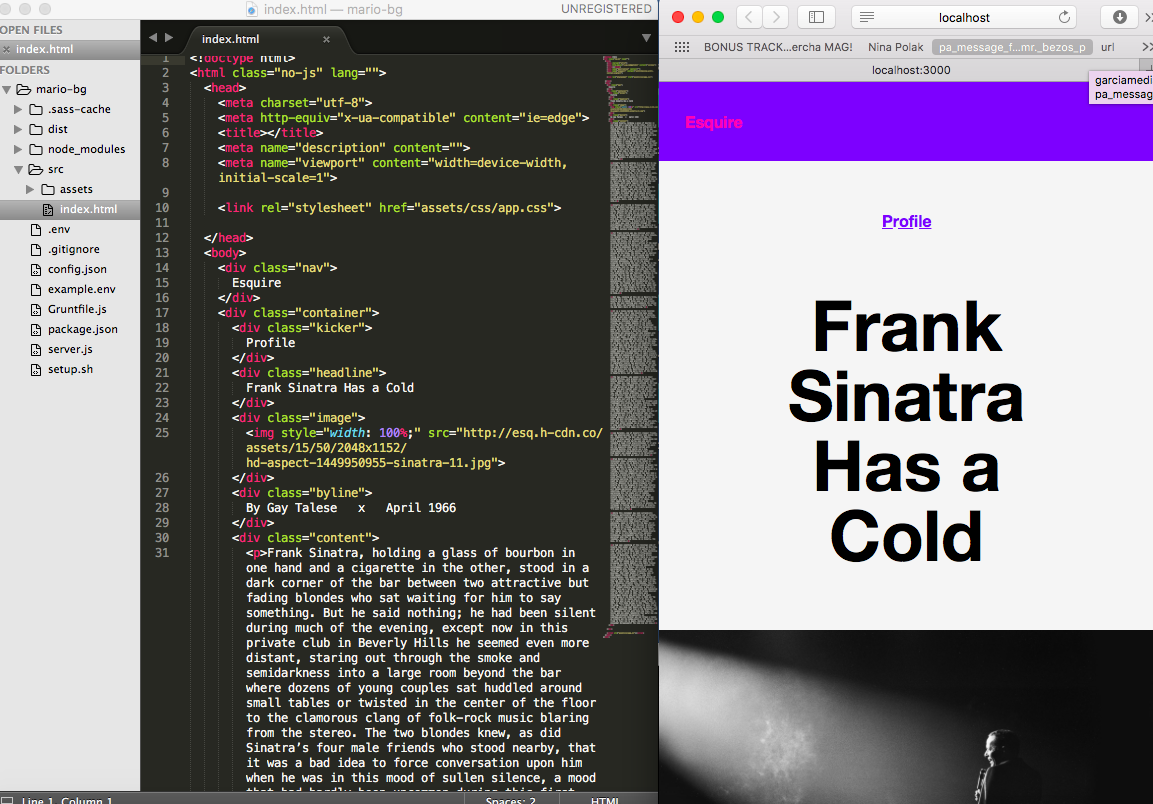It was a special class this week for my students at Columbia University's School of Journalism. I have taught this course for four years now, but this is the first semester when I thought we had to include a segment on essential elements of coding. I am also grateful that my teaching assistant, Andy Rossback, who works full time for The New York Times, is quite adept on the subject so that he can teach it to the students, and to me, too. I followed the program just like the students did, dipping my toes into such programs as GitHub, iTerm and Sublime Text.
It is a reality of our times that technology sits at the center of where the action is in newsrooms everywhere. While we are aware that these journalism students have no intenetion of becoming coders and/or developers, we are also cognizant of the fact that it is important for journalists to know what happens to their story and their designs. It is in the spirit of that knowledge that I have asked Andy to introduce students to these coding essentials.
The exercise

We have spent the first month of the semester introducing students to a Design Boot Camp: basics of story forms, typography, grids and color.
The emphasis has been on visual storytelling, especially for mobile devices.
One of the most interesting assignments has been to take the famous Gay Talese piece (Esquire, 1966), Frank Sinatra Has a Cold, and apply visual storytelling techniques for how that story would be presented in the digital age. Students have added visual assets: audio, video, photo galleries to mix with the text.
Now they have used that story to learn the basics of coding. One story and various approaches and learning experiences from it.
The notion of coding may be intimidating to some journalists. It should not be. It is easy to understand and it all begins to make sense in a short time.
Just like it makes sense to realize that technology is strongly linked to all that we do as storytellers and, most importantly, the work of the visual storyteller/designer.